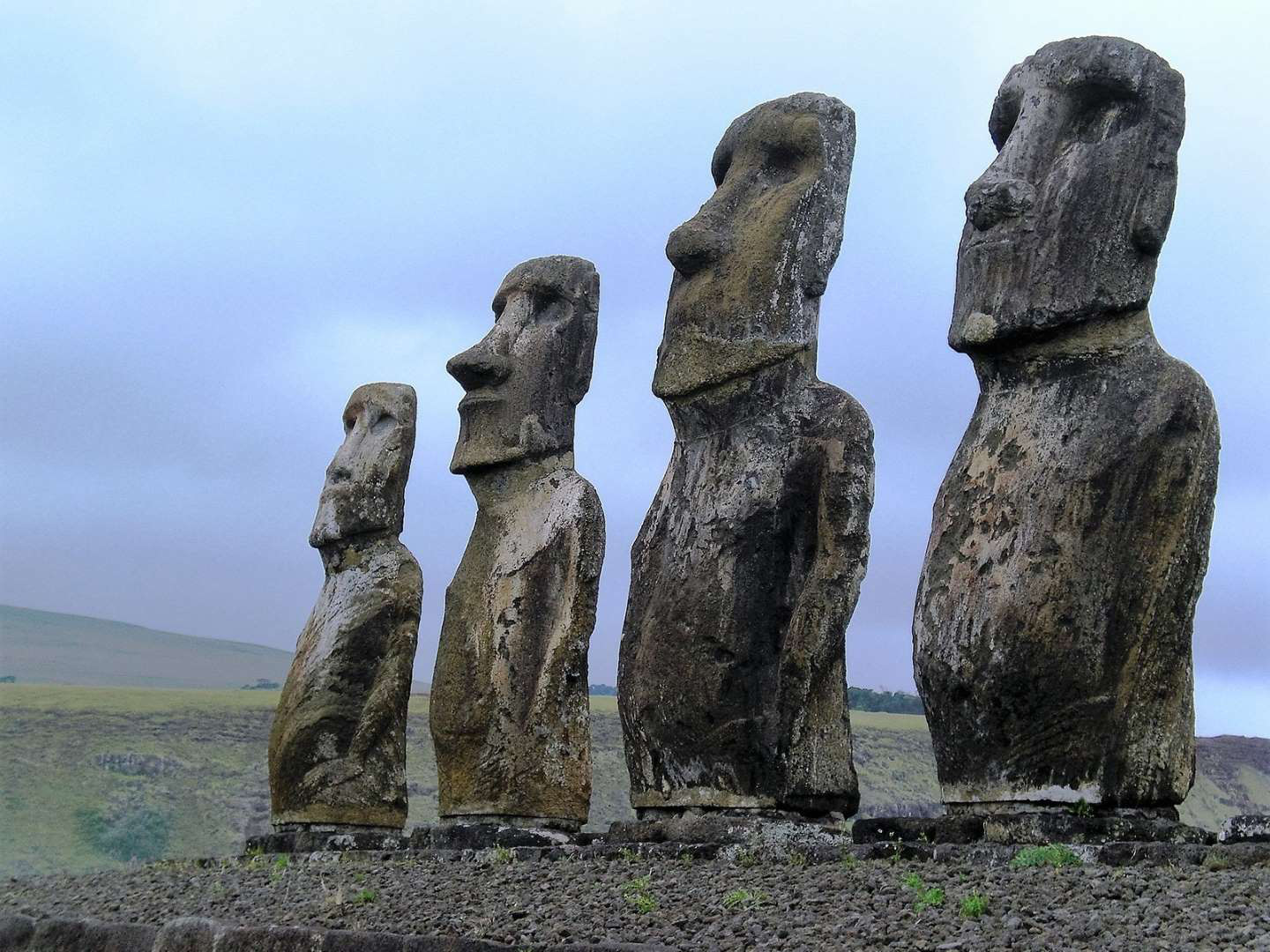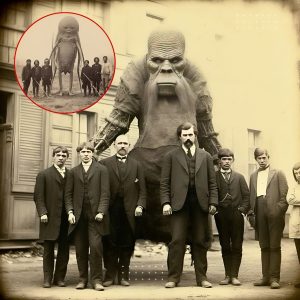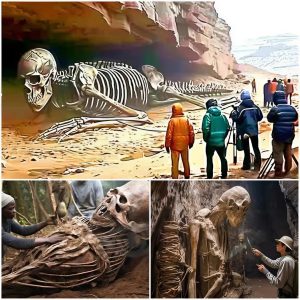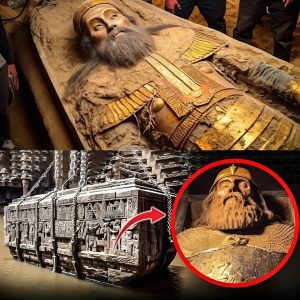In the dense jungles of southeastern Mexico, amidst the echoes of an ancient civilization, a discovery was made in 1947 that would forever change our understanding of pre-Columbian history. The unearthing of the colossal stone heads, created by the Olmec civilization, revealed not only the artistic prowess of this mysterious culture but also the complexity and grandeur of Mesoamerica’s first major civilization.
The Discovery: A Glimpse into a Forgotten World
The year was 1947, and an archaeological expedition led by Mexican archaeologist Matthew Stirling ventured deep into the Veracruz and Tabasco regions of Mexico. Their mission was to explore and uncover remnants of the ancient Olmec civilization, a culture that had long fascinated historians but remained shrouded in mystery. What they found surpassed all expectations.
As Stirling and his team excavated the site at La Venta, they stumbled upon a series of enormous stone heads, some weighing as much as 40 tons and standing nearly 10 feet tall. These heads, with their distinctive features and imposing presence, were like nothing the world had ever seen before. Carved from single blocks of basalt, each head was a testament to the skill and ingenuity of the Olmec people.
The sheer size and detail of these heads raised numerous questions. Who were the individuals depicted in these sculptures? How did the Olmecs transport these massive stones from distant quarries? And perhaps most intriguingly, what purpose did these colossal heads serve?

The Significance: Unlocking the Secrets of the Olmec Civilization
The discovery of the stone heads in 1947 was more than just an archaeological find—it was a window into the heart of Olmec society. The Olmecs, often referred to as the “Mother Culture” of Mesoamerica, flourished between 1400 and 400 BCE, predating other major civilizations like the Maya and the Aztecs. Yet, despite their early prominence, much about the Olmecs remains unknown.
The stone heads, with their unique facial features and headdresses, are believed to represent Olmec rulers or warriors. Each head is distinct, suggesting that they may have been portraits of specific individuals. The intricacy of the carvings points to a highly developed society with a complex social hierarchy.
But the heads also pose a mystery. How did the Olmecs manage to transport these massive stones, some of which were quarried over 60 miles away from the discovery site? This feat would have required a sophisticated understanding of engineering and logistics, indicating that the Olmecs were far more advanced than previously thought.
The Impact: A Legacy Carved in Stone
The 1947 discovery of the Olmec stone heads had a profound impact on the field of archaeology. It challenged existing notions about the development of complex societies in the Americas and highlighted the Olmecs as a foundational culture that influenced subsequent Mesoamerican civilizations.
The stone heads are now recognized as one of the most significant archaeological discoveries of the 20th century. They have been studied extensively, yet they continue to captivate researchers and enthusiasts alike. The mystery surrounding their creation, purpose, and the society that produced them has inspired countless theories and debates.
Today, these monumental sculptures are housed in museums and sites across Mexico, where they continue to draw visitors from around the world. They stand as enduring symbols of the Olmec civilization’s artistic achievement and its lasting legacy in the history of Mesoamerica.

Conclusion: The Enduring Mystery of the Olmec Heads
The discovery of the Olmec stone heads in 1947 was not just a milestone in archaeology; it was a moment that reignited interest in one of the most enigmatic cultures of the ancient world. These colossal sculptures, carved with precision and care, offer a glimpse into a civilization that once thrived in the lush landscapes of Mexico.
Yet, even as we admire their grandeur, the stone heads remind us of how much we have yet to learn about the Olmecs. The secrets they hold—about the people they depict, the society that revered them, and the artisans who crafted them—continue to elude us, ensuring that the mystery of the Olmec stone heads will endure for generations to come.





